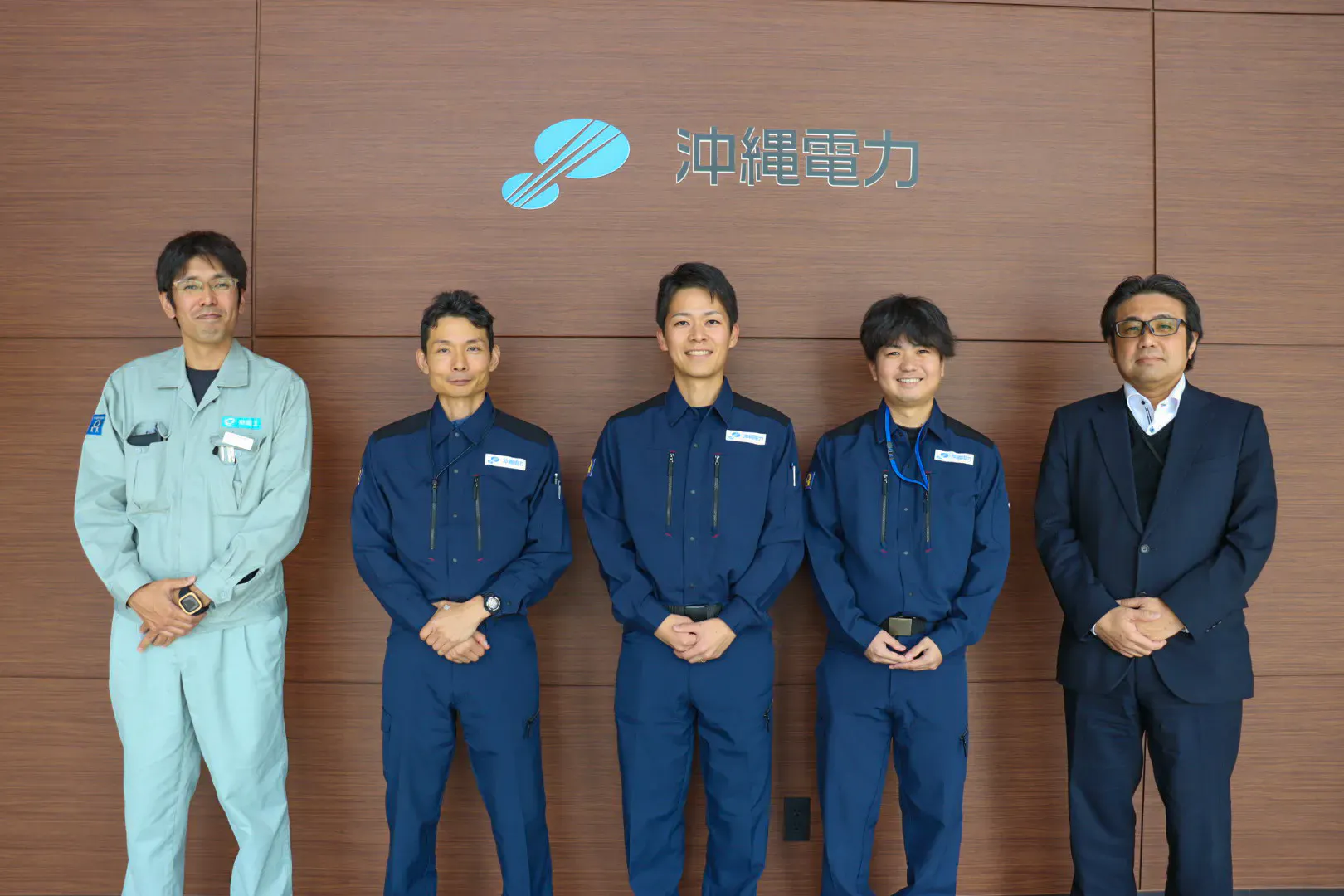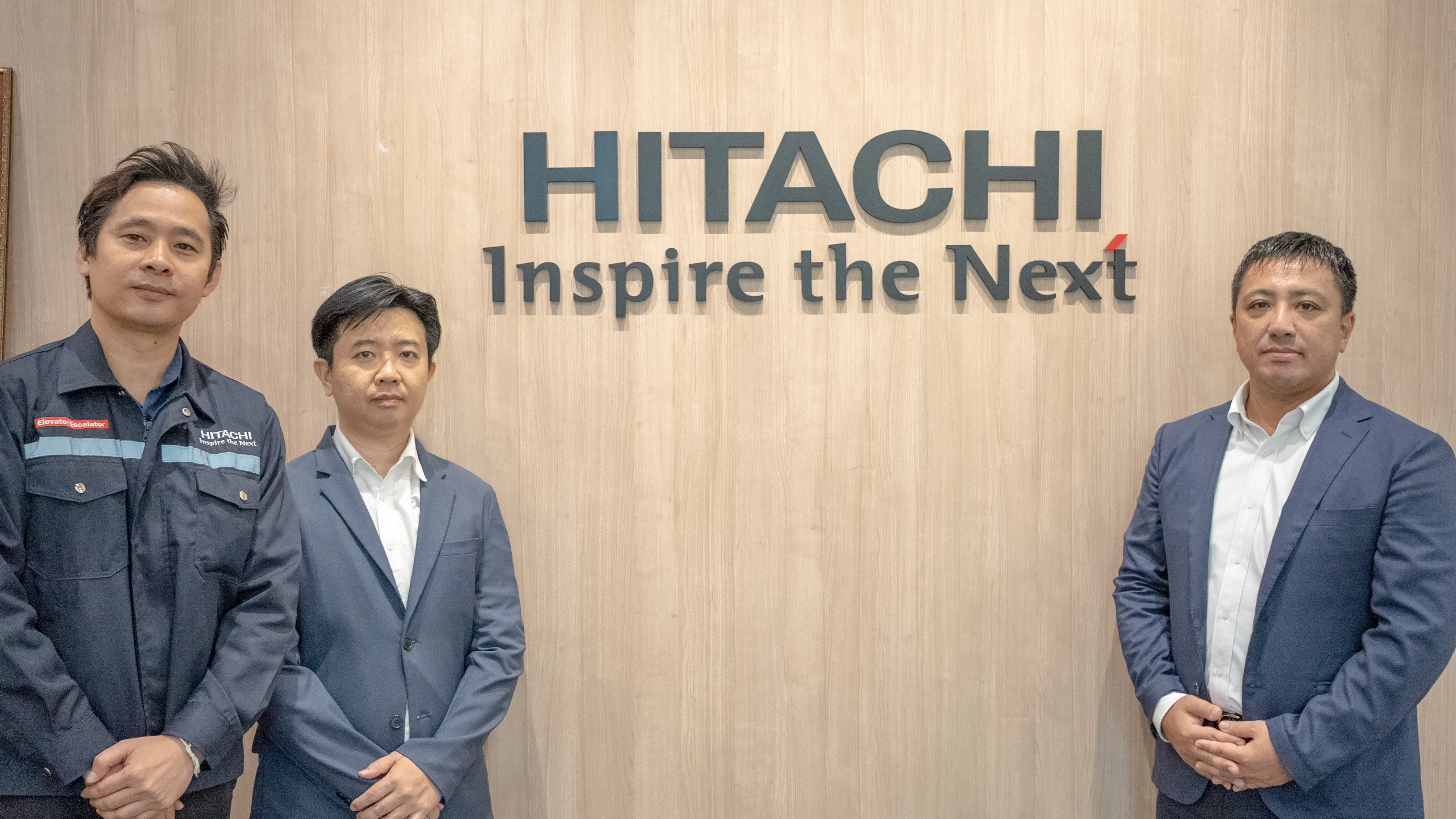Hitachi Building Systems Co., Ltd.
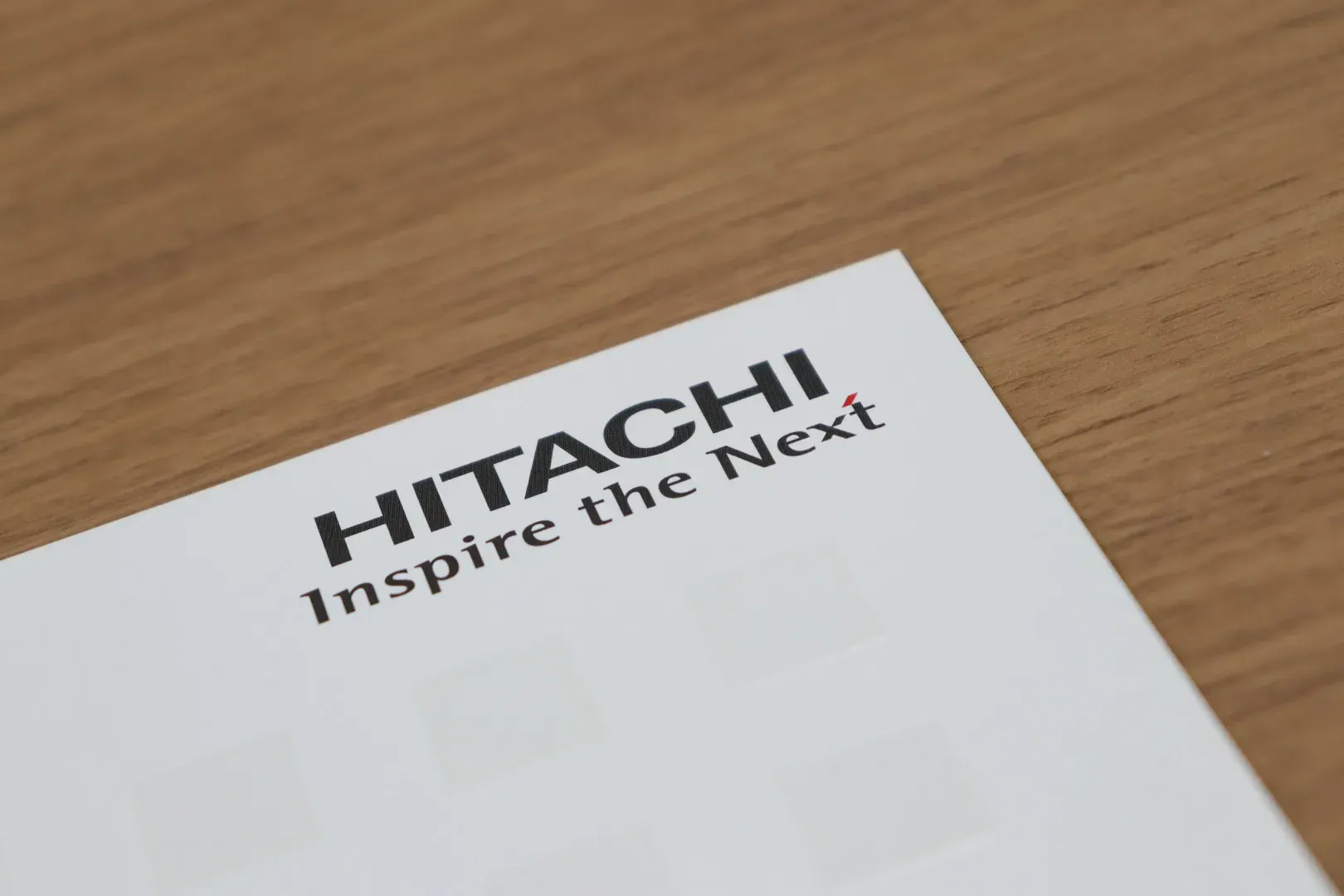

Company Name
Hitachi Building Systems Co., Ltd.
Number of Employees
8,700
Business Activities
Building equipment and facility construction
Utilization Services
Background and Effects of KANNA Implementation
課題
1) Regular safety patrols alone were not sufficient to fully understand the on-site situation.
2) Close communication with on-site teams was required to monitor the situation.
導入の決め手
To enhance the safety level on-site, they wanted both managers and on-site teams to be able to grasp the situation in real time.
効果・改善
1) With the combination of construction management and communication functions of KANNA, real-time and accurate on-site conditions could now be easily monitored.
2) KANNA’s chat function, similar to social media apps, made communication with on-site teams smoother, allowing for easier collection of feedback from the site
Person interviewed

Mr. Matsumoto: Director, Safety Planning Department, Safety Research Center, Hitachi Building Systems
Mr. Furuta: Head, Safety Control Center, Safety Promotion Headquarters, Hitachi Building Systems
Improving Safety Levels through an Instant Understanding of The Site Situation
— To start, could you please tell us about the business of Hitachi Building Systems?
Mr. Matsumoto: We primarily engage in the business of building equipment, focusing on elevators and escalators, as well as HVAC systems and security systems. For essential building equipment like elevators, we handle everything from development and installation to maintenance, all under one unified business model.

Mr. Furuta: The department that introduced "KANNA" also focuses primarily on elevators. At the Safety Control Center, which I oversee, we introduced KANNA about three months ago. There are many construction sites nationwide, including both new installations and replacements of elevators. Our partner companies are responsible for much of this work, and it's our job at the Safety Control Center to ensure the safety of everyone involved in these tasks.
— What challenges led your company to implement KANNA as a safety management tool?
Mr. Matsumoto: The primary goal behind implementing "KANNA" was to enhance the safety level on-site. Without our partner companies, on-site operations cannot proceed, so we provide detailed instructions to ensure they can work correctly and safely. However, we often found ourselves relying on on-site judgments.
Mr. Furuta: Irregularities are an inherent part of on-site operations. No matter how well we manage the progress or how hard the on-site teams work, tasks scheduled for today can sometimes be pushed to the next day. This happens on every site, and it's the on-site teams who have to make adjustments.
Mr. Matsumoto: However, relying solely on on-site judgments makes it difficult to maintain control over safety. In the past, we conducted regular on-site patrols to ensure safety, but we realized that if we could grasp the on-site situation more timely, the level of safety would certainly increase. We wanted to create a system that would be easy for the on-site team to use, allowing real-time information sharing between managers and the site. After exploring different methods, we arrived at "KANNA."
Achieving Speed and Cost Savings with KANNA Instead of In-house App Development
— What was the deciding factor for implementing KANNA?
Mr. Matsumoto: From the beginning, we weren't really looking for a "construction management app." To ensure a higher level of on-site safety, timely information from the site is crucial. For that, we needed smooth communication with the on-site teams—effective communication was the key.
At first, we considered using a communication app that had already been introduced within our company to interact with partner companies. However, this posed a challenge. There were licensing issues when it came to assigning accounts to our partner companies. As a result, we briefly considered developing a dedicated app in-house. However, improving the safety level was an urgent matter, and in-house development would take too long. We simply didn’t have the luxury of time to solve the problem.

Hitachi Building Systems' Passenger Elevators: A model with a feature where videos play when the doors close.
Eventually, we shifted away from developing an app from scratch and decided to use an existing app. Initially, we considered introducing a business-specific social media app. However, the ultimate goal behind communication was to improve the level of safety. We needed a system where the photos taken on-site could be shared with the managers, used to enhance safety, and stored as evidence. Unfortunately, a social media app lacked the necessary functionality to meet these requirements.
We wanted a tool that not only can retain the photos shared by the on-site teams but also save them as organized, structured data. Additionally, we needed a chat feature that allows real-time communication between managers and the site, facilitating smooth information exchanges like a conversation. After considering these factors, we concluded that "KANNA" was the most suitable option and decided to implement it.
— So, it’s a balance between project management and chat functionality.
Mr. Matsumoto: Yes, exactly. Another deciding factor was the flexibility to customize and integrate KANNA with our existing data systems. Moreover, one great aspect of KANNA was the 30-day free trial period. During this period, we were able to assess its usability and request the system department to test and evaluate data integration using RPA. Thanks to this, we thoroughly verified everything before full implementation, and we were given the final green light to proceed. Shifting from in-house app development to introducing KANNA turned out to be the right decision.

If we had chosen the in-house development route, the costs would have been on a completely different scale. And more importantly, it’s about speed. Developing an app from scratch would have taken considerable time. However, by introducing KANNA, we went from evaluating both in-house development and external options to starting full operation in just about four months. I’m extremely satisfied with the overwhelming speed.
Streamlining Digital Communication While Maintaining Essential Analog Communication with the On-site Teams
— How did the on-site teams respond to the implementation of KANNA?
Mr. Furuta: Currently, we are asking our partner companies to use KANNA to take daily site photos and share them with us. Since this adds extra tasks to their usual work, some were resistant, and others had difficulty adjusting, especially those unfamiliar with smartphones. However, we explained everything patiently, often over the phone, and gradually, the positive effects of implementing KANNA have started to become apparent.
The specific impact we've seen is that, by sharing information daily via KANNA, we now have a more realistic view of the on-site situation. In the past, our safety patrols required us to visit the sites in person, and while these were face-to-face, they sometimes felt a bit superficial. For example, when workers know that someone from management is coming for a patrol, they tend to put on a more formal demeanor, and the communication can become a bit stiff. However, since we started using KANNA, things have changed.

By sharing the on-site situation through KANNA, we’ve been able to see the more natural and unfiltered aspects of the work being done. The photos shared reflect the reality of the moment—rather than showing a perfectly tidied-up workspace, we see the true state of the site, with tools lying around or a bit of mess. This is the real situation at the site, and that’s what we need to monitor. Sometimes, even when we ask them to take a picture of a specific part of an elevator, we end up with photos that include other details we hadn’t requested—but this information is equally important.

If we notice any issues in the on-site photos, we notify the team via chat and ask for additional photos from specific angles. This greatly increases the amount of information we can gather. Although taking more photos may feel like a hassle for the on-site team, they get better at taking photos each time. Some even seem to take pride in their photography skills—there are times when I think, “Wow, this person has really gotten into it; the quality of the photos they're sharing is amazing,” which warms my heart a little (laughs).
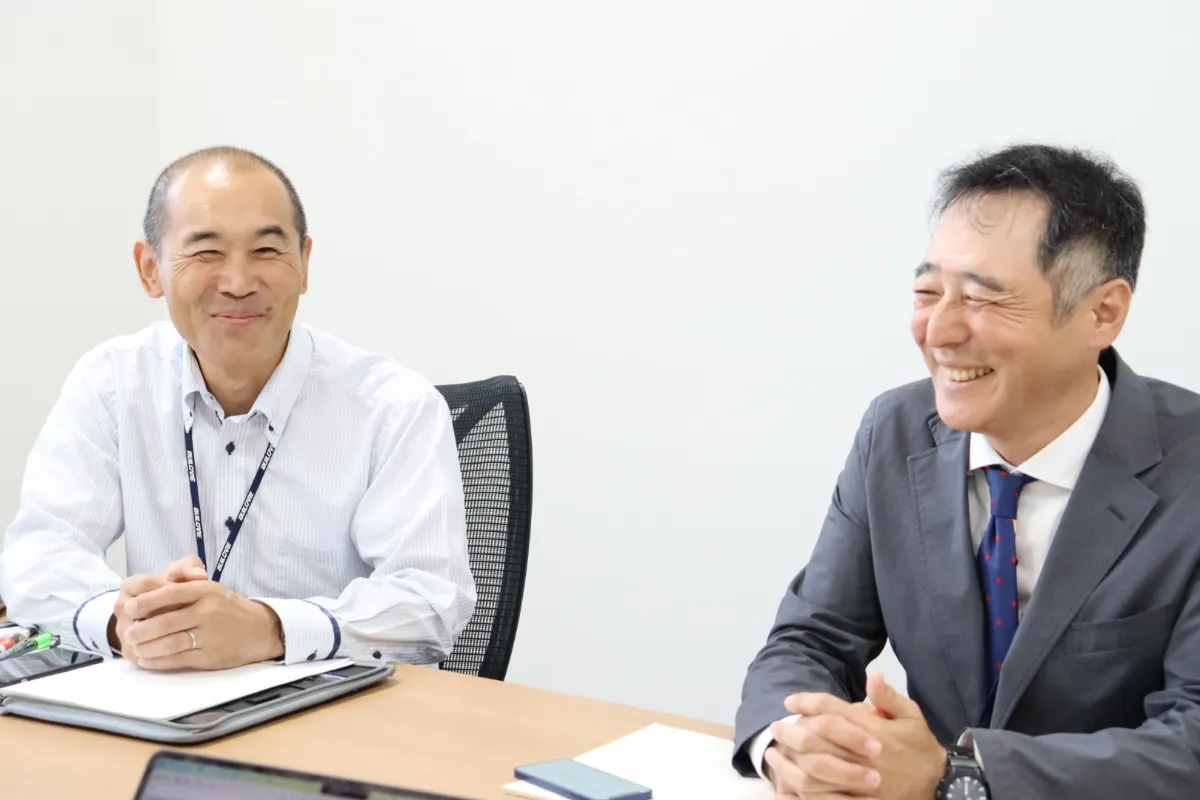
— It is interesting to know that non face-to-face communication lowered the barrier for information sharing, allowing you to see much more than before and it's also fascinating that you get a glimpse of the personalities of the on-site workers through these exchanges.
Mr. Furuta: Of course, since these are business-related conversations, I can’t use casual language. Even in chats, the tone is always formal and polite. That said, when communication is purely text-based, it can sometimes come across as cold. In fact, I’ve been told by someone on-site, “You don’t seem to have any heart in what you're saying.” In such cases, I make sure to follow up with a phone call and explain things directly. While we are leveraging digital tools, I still place great importance on maintaining the necessary human touch in our communication.
When we take the time to explain, they come to understand. Of course, there are ways we could handle things more mechanically, but by taking this steady, consistent approach, the partner companies open up to us as well. Naturally, given that safety involves protecting lives, there are times when we have to offer strict feedback. Sometimes, the partner companies respond with, "That rule doesn’t seem right."

However, this kind of feedback is extremely valuable. When we receive such comments, we refer back to the specifications and guidelines from the time the law or rule was established and explain the rationale behind it. Even then, there are instances where they tell us, "That doesn’t really fit the current situation." This kind of feedback from the site is crucial advice for improving safety levels, and it’s something we greatly appreciate.

KANNA is intuitive and easy to use, not only via a PC web browser but also as a smartphone app.
Making the workplace safer with the feedback gathered through KANNA
— Through close communication using KANNA, it seems that you’ve been able to build stronger relationships and gather more feedback from the site than before.
Mr. Furuta: That’s right. The real-time situations reflected in the photos and the feedback we receive from the on-site teams are both essential for us to improve the quality of our on-site management. Of course, even with KANNA in place, we still conduct safety patrols on-site. However, when we already have a clear picture of the situation beforehand, the patrols become much more efficient and accurate.
To steadily promote this initiative, we didn’t immediately introduce KANNA to all sites at once. Instead, we started with a small number of partner companies and have been gradually expanding its use. We took a "small start" approach with KANNA, but we are planning to roll it out to partner companies nationwide in the future. As the scale of use grows, the amount of information we gather will also increase, and that accumulated data will be invaluable in improving site safety.
.webp)
— Lastly, could you tell us about your future outlook?
Mr. Matsumoto: As Mr. Furuta mentioned, what’s most important is understanding the real on-site situation and hearing the real voices of the people working there. Since introducing KANNA, we’ve been able to see both of these with much greater clarity. This has provided us with extremely valuable opportunities for improvement. Now that we have a deeper understanding of the on-site conditions, we can provide more accurate feedback to the teams, ensuring that we work together to create even safer work environments.
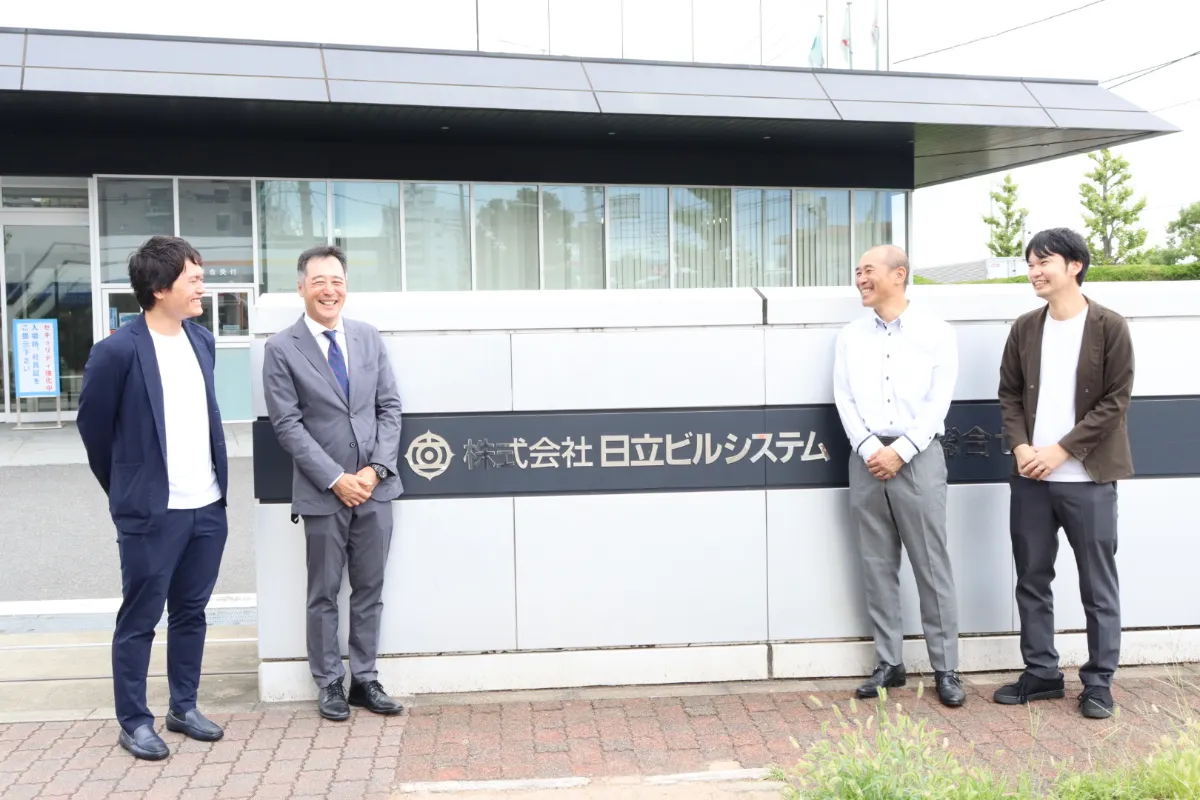
Mr. Furuta, Mr. Matsumoto from Hitachi Building Systems, and KANNA staff
In our work, there are many systems and data sources that need to be integrated with KANNA. As a result, we frequently make requests for additional features. The sales team at Aldagram, the provider of KANNA, has been incredibly attentive, offering solutions even to requests that might seem like afterthoughts. Not only do we trust the product, but we also feel we’ve built a strong relationship with the people behind it. That’s why we plan to continue leveraging the power of KANNA to ensure safety on our sites.
Company Name : Hitachi Building Systems Co., Ltd.
Business Activities : Building equipment and facility construction
Established : October 1, 1956
Number of Employees : Approximately 8,700 (as of March 2023)
Website : https://www.hbs.co.jp/
Article published on: August 21, 2025
